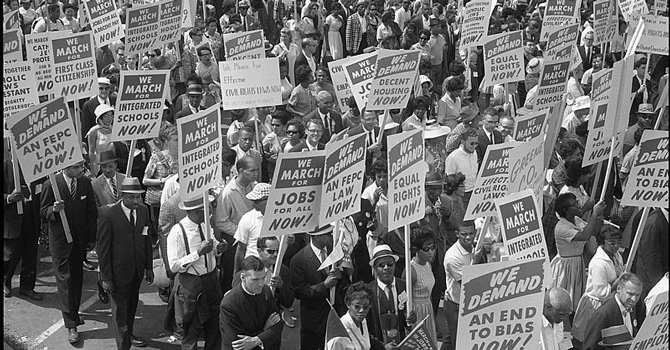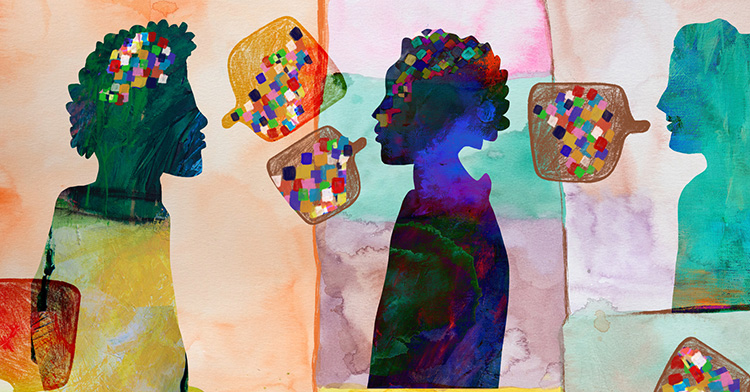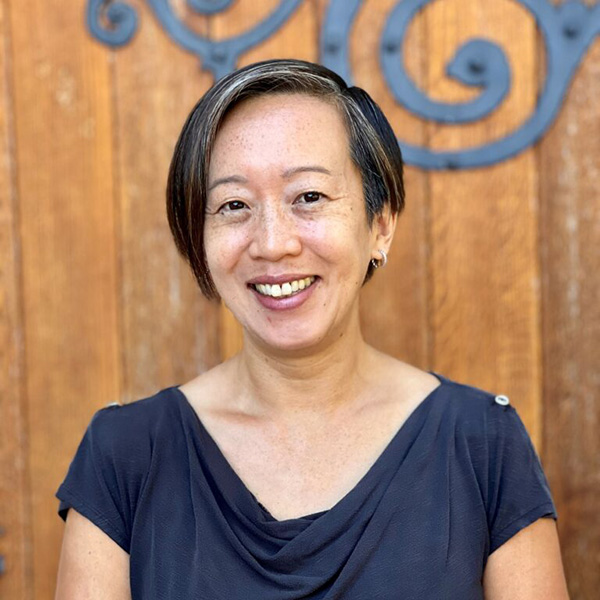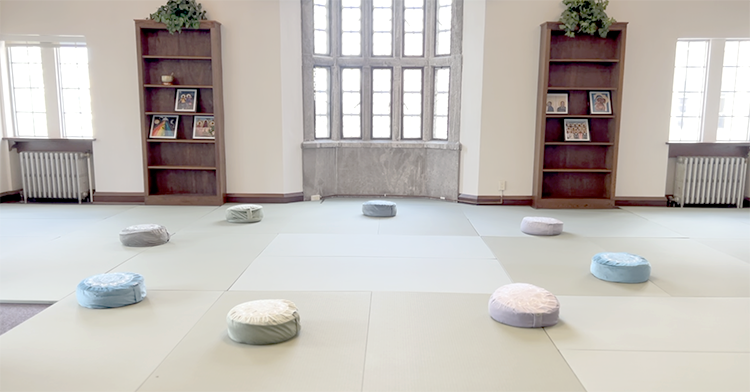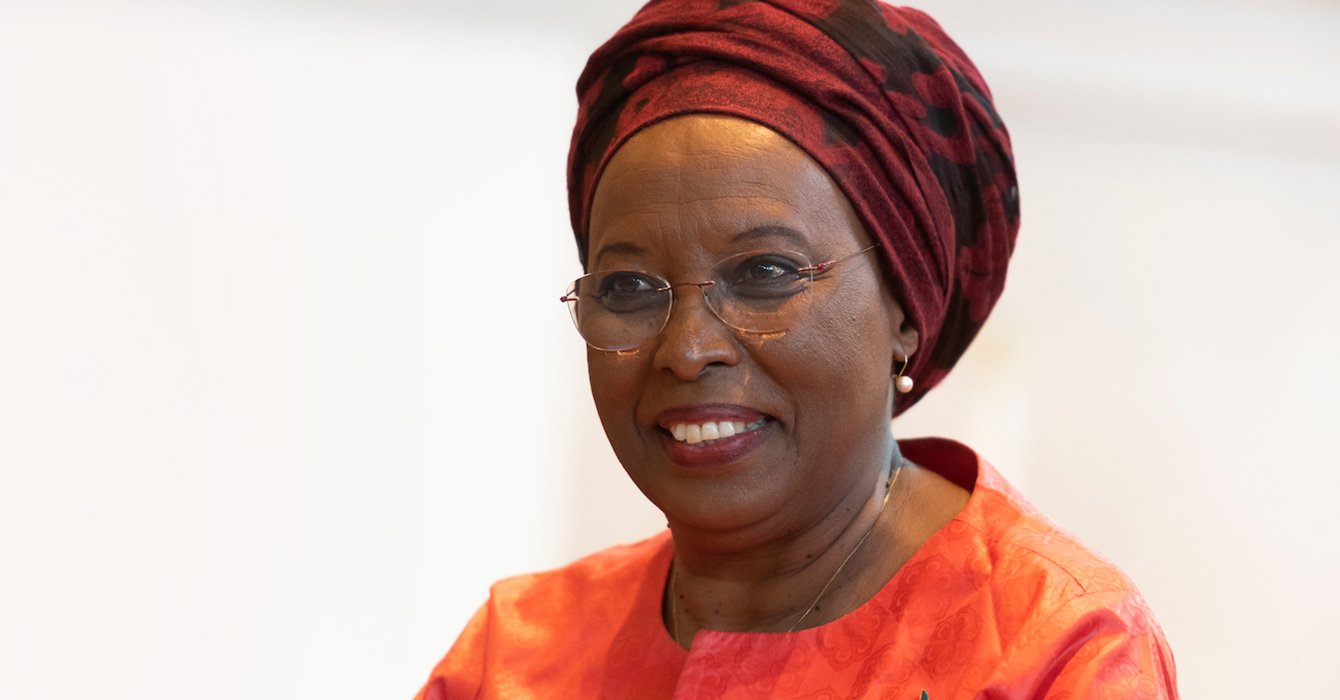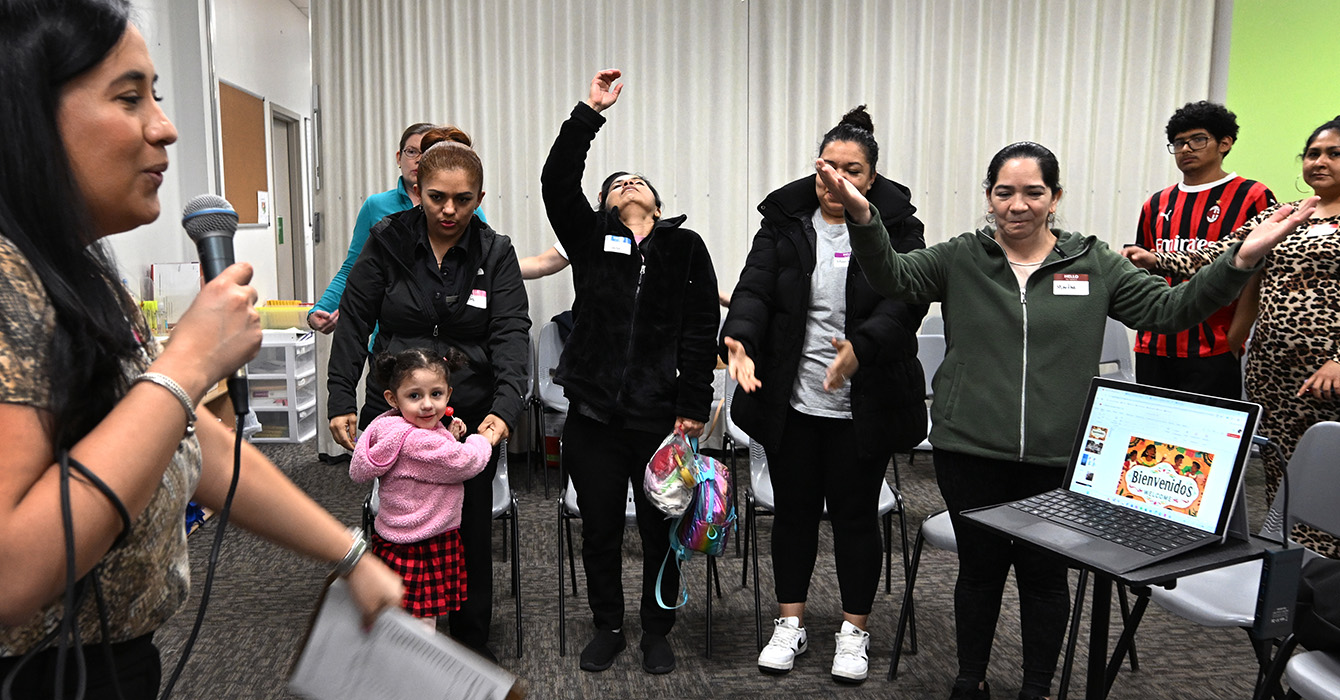To this day, I don’t like German shepherds.
When I was growing up, my parents and I picketed in front of the K&W Cafeteria in Winston-Salem, North Carolina, to protest segregation. Then, as now, police dogs were German shepherds, and at those protests, I got close enough to see the menacing look in their eyes.
Picket lines and picket signs were a part of my adolescence. So was segregation. I was born into it, and many of my formative years were spent in the cradle of “separate but equal.”
My hometown of Winston-Salem was defined by race. We had a black bus company, black movie theaters, and a black hospital, as well as black schools. Race was the sticking point and the dividing line in my early years.
Black people in North Carolina were marginalized. We required approval. Whatever we sought to do, we always needed one more signature or needed to see one more person before anything could be finalized. And even then, we were often denied whatever opportunities might have been available.
That formally ended 55 years ago this summer -- on July 2, 1964 -- when the Civil Rights Act that abolished legal segregation was signed into law by President Lyndon B. Johnson.
Since then, I have spent 40 years working in higher education, and I’ve had the joy of working with many young people. Compared with our options then, the opportunities for young people today seem endless. Yet I still think today’s youth can learn from the past, no matter how oppressive it was.
As the anniversary of the landmark legislation approaches, I have been reflecting on my experience growing up in the 1950s South, with the aim of sharing with a younger generation what I learned from it -- beyond a fear of police dogs.
The value of education. Education was valued in our community, and in my family. My parents were my role models, and they always told me to prepare myself educationally and mentally. I understood both parts of that equation.
My parents decided that I should attend the local Catholic elementary school, St. Benedict the Moor. It was staffed by white Franciscan nuns and priests. I didn’t have a black teacher until 9th grade at Atkins High School.
The nuns and the priests were the only white people that I saw on a regular basis as a child. The dynamic of being taught by white teachers in an era when blacks and whites didn’t mix was indeed strange.
I never understood how one set of white people wanted the best for us while another set of white people wanted the worst for us.
The value of mentors. I went to Johnson C. Smith University, an HBCU in Charlotte, North Carolina, on a tennis scholarship.
The president of the university, Lionel H. Newsom, became my mentor and helped shape my career. He taught me two key life principles: to understand the difference between being liked and being respected and to treat all people with dignity and respect.
The value of leaders. The civil rights movement came to prominence during my college career. My racial awareness increased as America struggled with issues of equality. In 1967, I shook the hand of the Rev. Dr. Martin Luther King Jr. as he led a rally on our campus -- a defining moment.
The experiences of those years -- along with the example my parents set as activists -- formed a social justice tapestry for me.
The value of communication. I was fortunate to be around good communicators as I was growing up, and I have tried to incorporate their practices into my everyday behavior. I learned that people react to the tone and tenor of your voice -- so that how you say what you say is important.
Good communication requires patience and a calm state of mind, something I saw among the black leaders I met growing up. Getting what you want isn’t always easy. It requires time, effort and sometimes compromises.
As I, in turn, have counseled students over the years, I have tried to convey the lessons I learned about the importance of fundamental tenets such as patience, kindness, and tenacity.
Legal segregation may have officially ended more than a half-century ago, but injustice and intolerance still rage on. I think young people today are aware of the continuing injustices, and I see them becoming leaders in social change. They must take a front seat and make the change happen.
Too many lives were lost in the struggle for people to sit on the sidelines now. Our young people, building on the past, are the new generation of truth-tellers and problem solvers.

